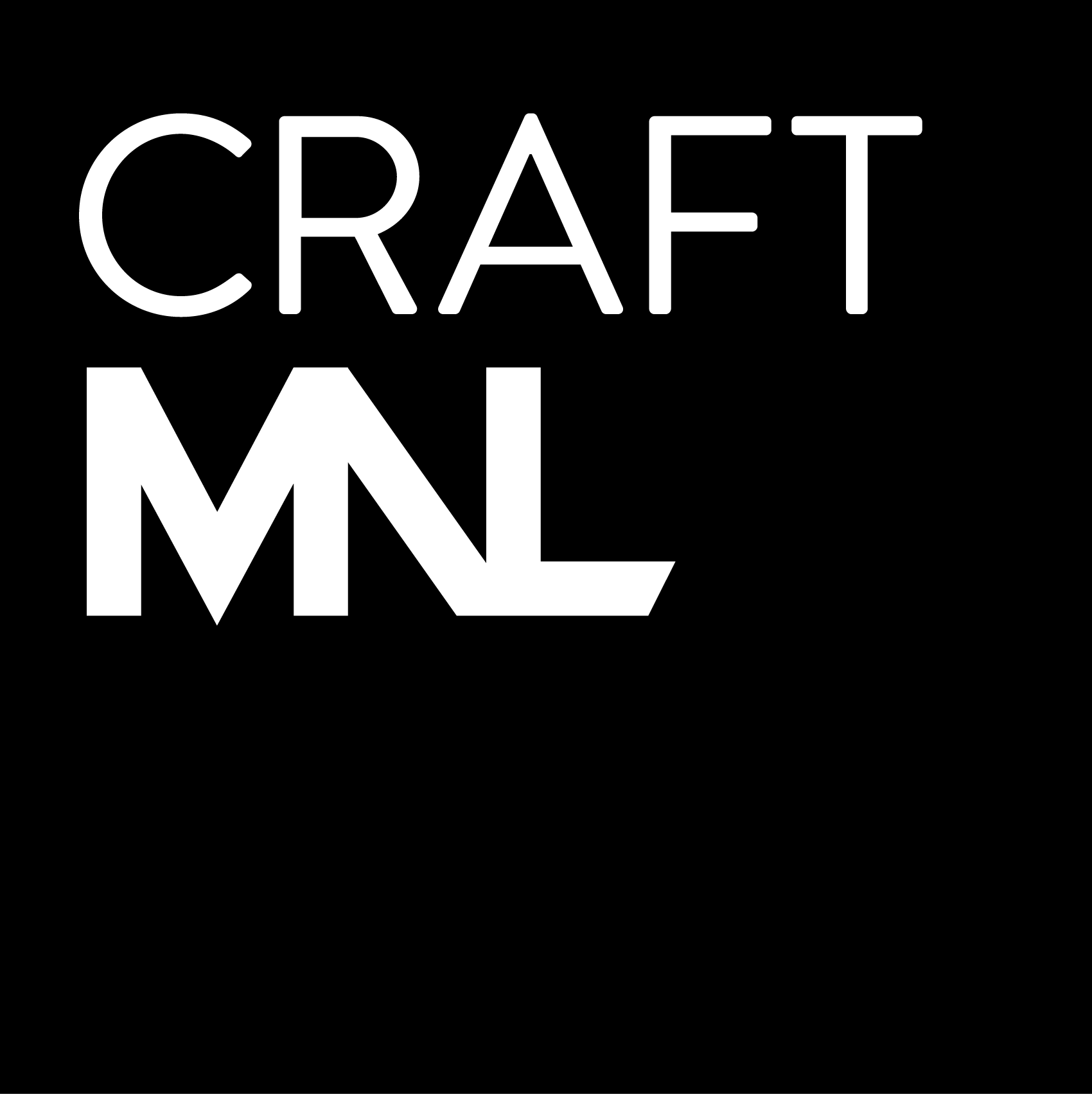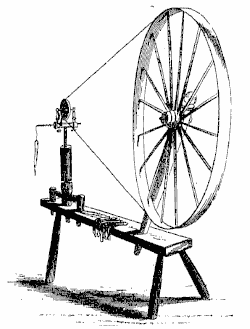Just to whet your appetites for all of the yarn activities we’ll be having next week, we’ve been scouting resources for all the yarn fun you can have, and we couldn’t resist this adorable stegosaur amigurumi, as prepared in a pattern by Free Patterns by H. Get ready with your amigurumi collection as we show, tell and make at this Sunday’s Happy Hour: Crocheting Amigurumi, during the first day of YARN SALE WEEK! If you’d like to see the full schedule of Happy Hours for next week, check out yesterday’s blog post.
Do bring your friends, and get first dibs on all the yummy yarns we’ll be having!
On another note, have you ever wondered how yarn is made? Check out the illustration below.
Well today though–not really. At least, not the commercially available yarn that’s oh-so-accessible. Today, yarn is manufactured in factories, and entire fields are devoted to the production of plant material (like cotton, banana fiber, hemp), from which plant-based yarns are made. Now, not all plant-based yarns are equal, and if you’re one who is mindful of the environmental impact of the yarn choices you make, you might want to read up a bit more on this.
So, the more traditional way of making yarn brings you through the process of collecting the fibers to be used (whether wool, or cotton, or animal fur), cleaning it, and combing it out to a form called roving, which is a bundle of fiber, which folks then take apart, and spin into the machine above called a spinning wheel (or a variation thereof). The manual process is tedious, and the yarn may not always be that perfect, but we all have an appreciation for the extra love put into things, don’t we?
Locally, the art of spinning thread is being revived, and though some of its aspects may have been lost (we encountered a town in Ilocos whose thread-making culture appears to have sadly died out with the last of its makers), hope shines through the interest in local fibers like banana and abaca (which I just found out right now is also called Manila hemp). We’re in the process of collecting information on this–anyone interested to help us out in research and writing will be loved and given craft lessons. Just get in touch. 😉
For the industrially manufactured yarn, and for all of you Discovery Channel-philes, we stumbled on this short video of How It’s Made: Cotton Yarn. Have an awesome day, folks!


